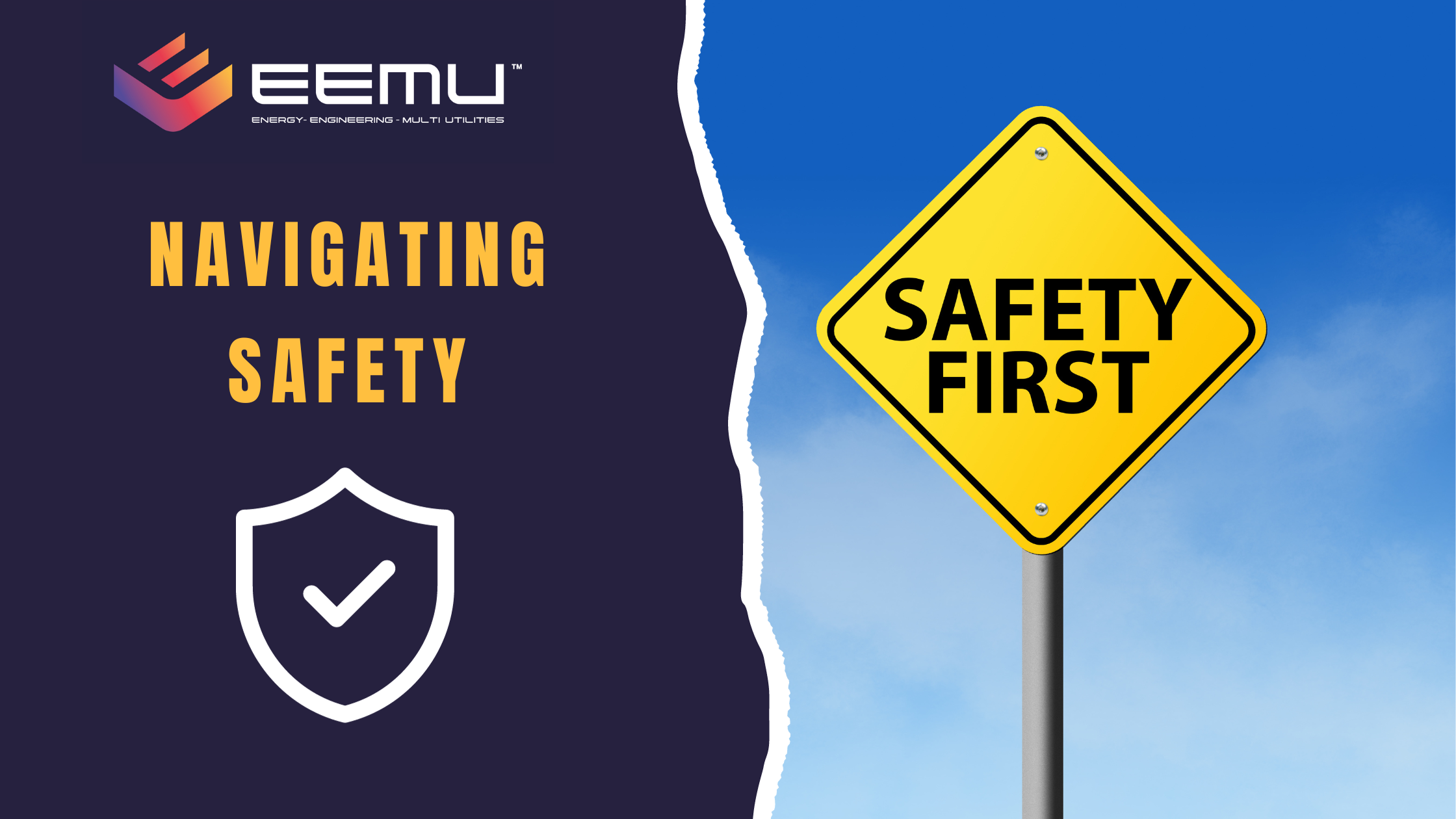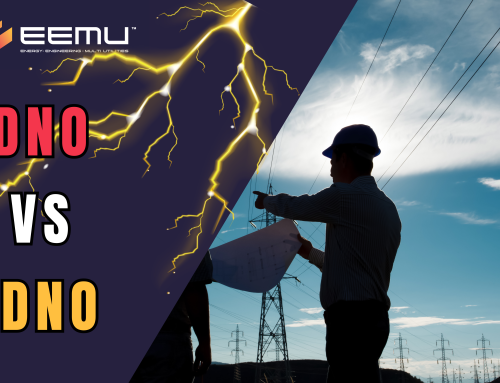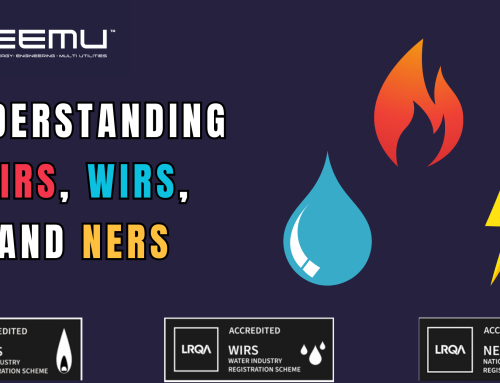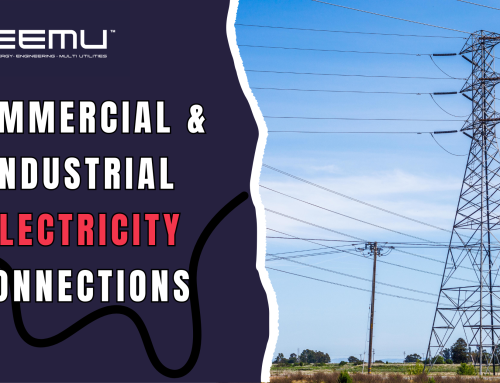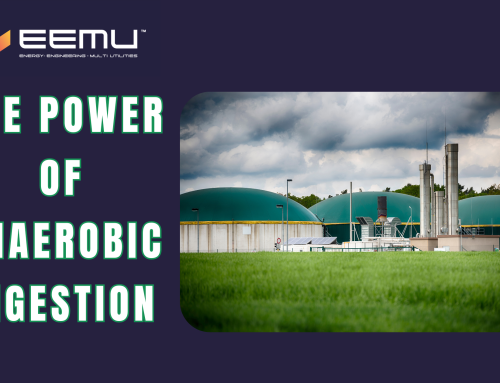In the fast-paced world of energy and engineering, where innovation and progress are constant companions, ensuring safety becomes paramount. The multi-utility industry, with its intricate web of operations, demands a robust approach to safeguard workers, protect the environment, and maintain the integrity of infrastructure.
Understanding the Risks
The utility installation industry encompasses a wide array of activities, from power generation and distribution to water supply and telecommunications. Each facet brings its own set of risks, ranging from electrical hazards and machinery accidents to chemical exposures. Recognising these risks is the first step in creating a comprehensive safety plan.
Implementing a Holistic Safety Culture
A strong safety culture is the backbone of any successful enterprise. It involves instilling a mindset where safety is not just a priority but an integral part of daily operations. Regular training programs, safety drills, and open communication channels foster a culture where every employee understands their role in maintaining a secure workplace.
Regulatory Compliance
Adherence to industry regulations is non-negotiable. Regulatory bodies set guidelines to ensure the safety of workers and the public. Staying informed about these regulations and implementing them diligently is not only a legal requirement but a crucial step toward creating a safer work environment.
Risk Assessment and Management
Conducting thorough risk assessments is a proactive approach to identify potential hazards and mitigate them before they escalate. From assessing the stability of structures to evaluating the impact of new technologies, a comprehensive risk management plan is essential for the energy and engineering multi-utility sector.
Emergency Response Planning
No matter how robust the safety measures are, emergencies can still occur. Having a well-thought-out emergency response plan is critical. This includes clear procedures, emergency contacts, and regular drills to ensure that everyone is well-prepared to handle unexpected situations.
Continuous Improvement
Safety is an evolving process that requires constant evaluation and improvement. Regular audits, feedback mechanisms, and incorporating lessons learned from incidents are vital components of a continuous improvement strategy. This proactive approach ensures that safety measures remain effective in a rapidly changing industry landscape.
Conclusion
In conclusion, safety in the utility industry is a multifaceted challenge that demands a comprehensive and dynamic approach. By understanding the risks, fostering a strong safety culture, complying with regulations, providing adequate training, and continuously improving safety measures, the industry can create a secure environment for its workforce and contribute to the sustainable growth of the sector.
At EEMU, we prioritise safety in all our operations to ensure the well-being of our customers, employees, and the environment. We have stringent safety protocols, certifications, and training programmes in place to uphold the highest safety standards.
Is it time for you to have a chat with our team? Contact us today, or get a quote!
Follow us on:
